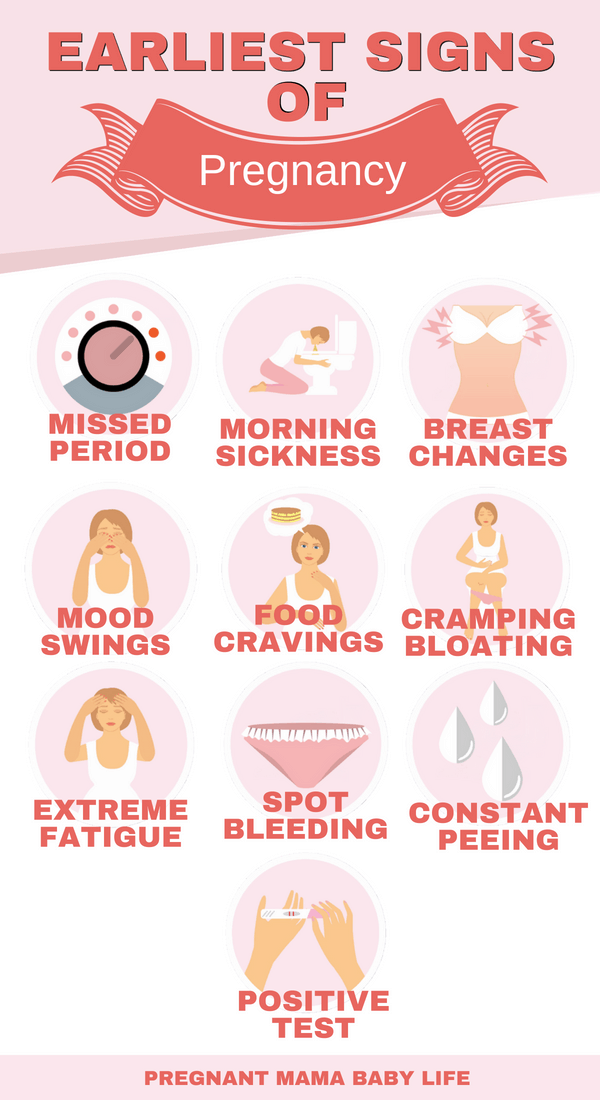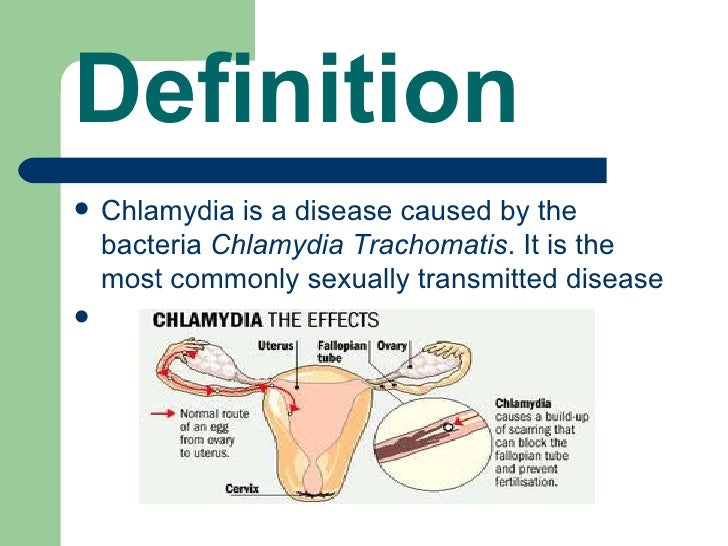How to deal with an aggressive child in the classroom
Dr. Ken Shore: Dealing With Student Aggression
In dealing with a student who is acting aggressively toward his classmates, you want to send a strong message that aggressive behavior will not be tolerated in your classroom. In addition, you want to help him develop more appropriate ways of settling disputes with his peers. Be sure, however, to avoid harsh punishment or humiliation. Harshly disciplining an aggressive student might fuel his anger and make him more determined to continue the aggressive behavior.
WHAT YOU CAN DO
Be assertive when breaking up fights. If two elementary school students are engaged in a fight, use a strong loud voice to stop it. If that doesn't work, you might say something odd ( "Look up! The ceiling is falling!") to divert their attention. If they still don't stop and you can't separate them, send a student to the office to get help. If a crowd of children is gathering, insist that they move away or sit down, perhaps clapping your hands to get their attention. After the incident is over, meet with the combatants together so they can give you their versions of what happened and you can help them resolve any lingering problems. Also notify the parents.
Respond calmly but firmly to an aggressive student. Speak in a firm, no-nonsense manner to stop a student's aggressive behavior; use physical restraint as a last resort. When responding to the student, pay attention to your verbal as well as non-verbal language. Even if he is yelling at you, stay calm. Allow him to express what he is upset about without interrupting him and then acknowledge his feelings. Avoid crossing your arms, pointing a finger or making threats; any of those actions could intensity his anger and stiffen his resistance.
Consider giving the student a time out. You might conclude that a student's aggressive behavior warrants separating him from the rest of the class, either to send him a strong message that what he did merits a serious consequence or to protect the other students.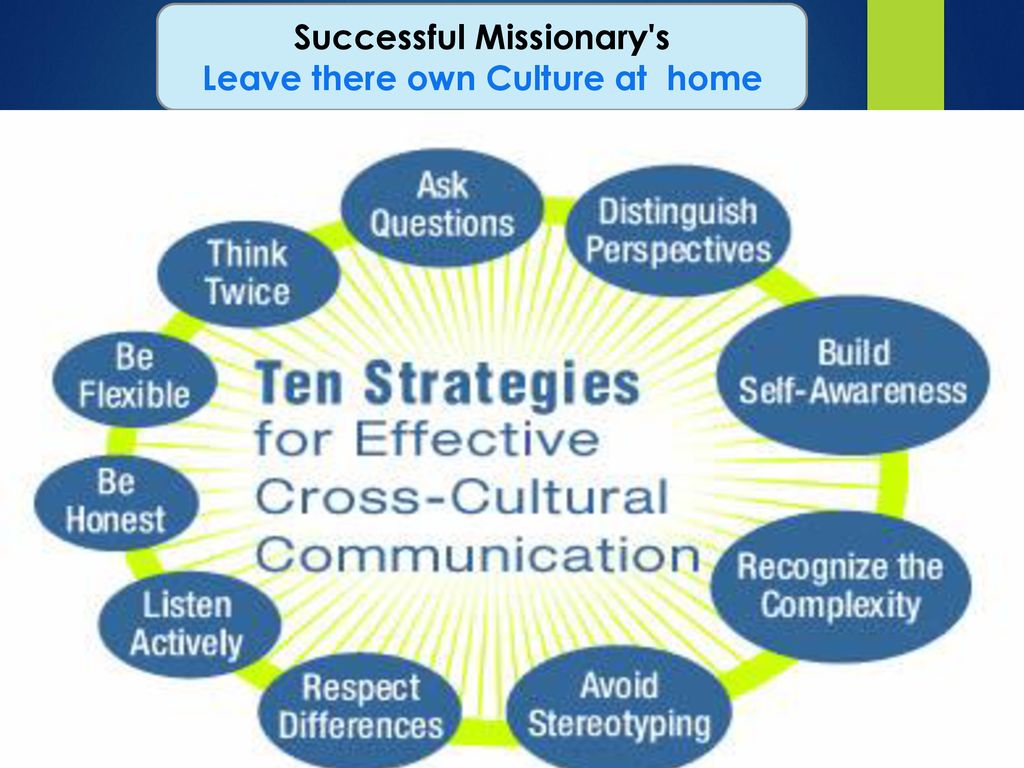 You can do that by giving him a time out in class or by sending him to the office. In the classroom time-out area, have him sit in a chair and instruct him to remain quiet. Let him know that he can return to the class activity after a predetermined number of minutes. If he leaves the chair or acts in a disruptive manner, reset the timer to zero.
You can do that by giving him a time out in class or by sending him to the office. In the classroom time-out area, have him sit in a chair and instruct him to remain quiet. Let him know that he can return to the class activity after a predetermined number of minutes. If he leaves the chair or acts in a disruptive manner, reset the timer to zero.
After the aggressive student cools down, talk with him privately. Although he might expect you to react punitively, surprise him by reacting supportively. Express your confidence that he can resolve problems without being hurtful to his peers. Tell him that you think he must be upset about something to lose control as he did and you want to understand what might be bothering him. If he does open up to you, listen attentively without interrupting. Speaking in a calm voice, tell him that you understand why he was upset, but stress that he has to find a way to express his anger with words rather than with his hands.
Have the student apologize.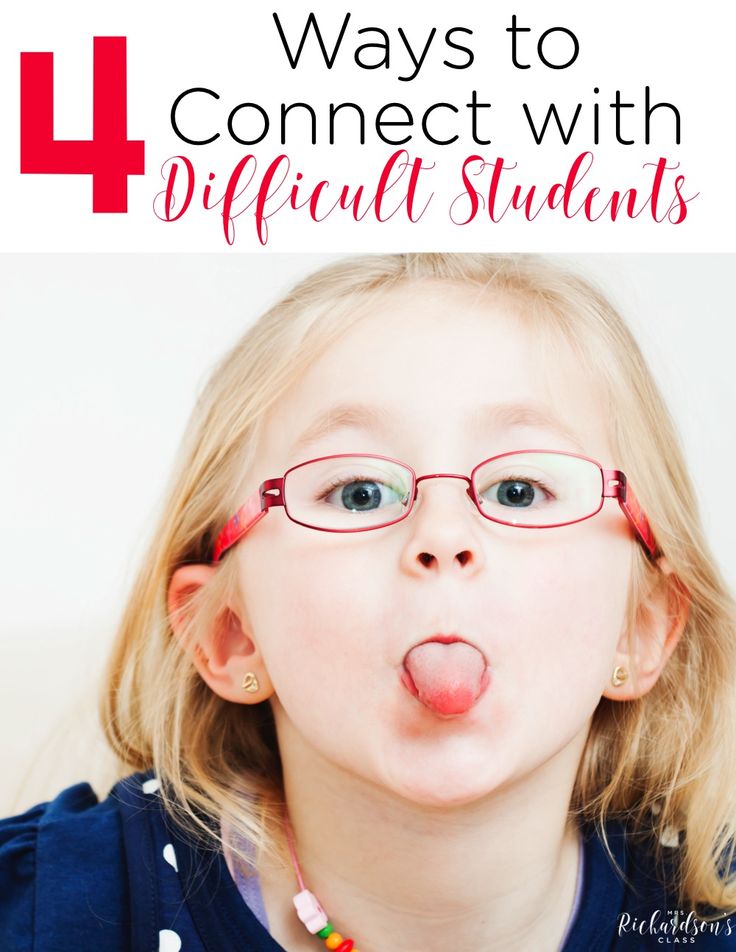 You don't want to force an aggressive student to say he is sorry because that might fuel his anger, however, you do want to strongly encourage him to make amends with the student he hit. If he is willing to do that, it will help soothe hurt feelings and avoid future conflicts.
You don't want to force an aggressive student to say he is sorry because that might fuel his anger, however, you do want to strongly encourage him to make amends with the student he hit. If he is willing to do that, it will help soothe hurt feelings and avoid future conflicts.
Have students who were involved in a conflict fill out a behavior form. After the fighting students have calmed down, have them complete a form describing what triggered the conflict, how they behaved, and how they could have handled the situation differently. Meet with both students to discuss their responses. The form provides a record of the incident that you can use when meeting with parents and/or administrators, and it helps students learn to reflect upon and modify their behavior.
|
Aggression in the Classroom: Healthy Ways to Intervene | by Effective School Solutions
Everyone with a stake in educating children wants to create schools where students thrive. We want our classrooms to be places that encourage curiosity and learning, where students can challenge themselves, develop their social and emotional skills, and feel supported and safe.
Even before schools shut down last year in response to the COVID-19 pandemic, educators had noted a rise in disruptive, aggressive, and even violent student behavior that can undermine children’s learning and the safety of the school community.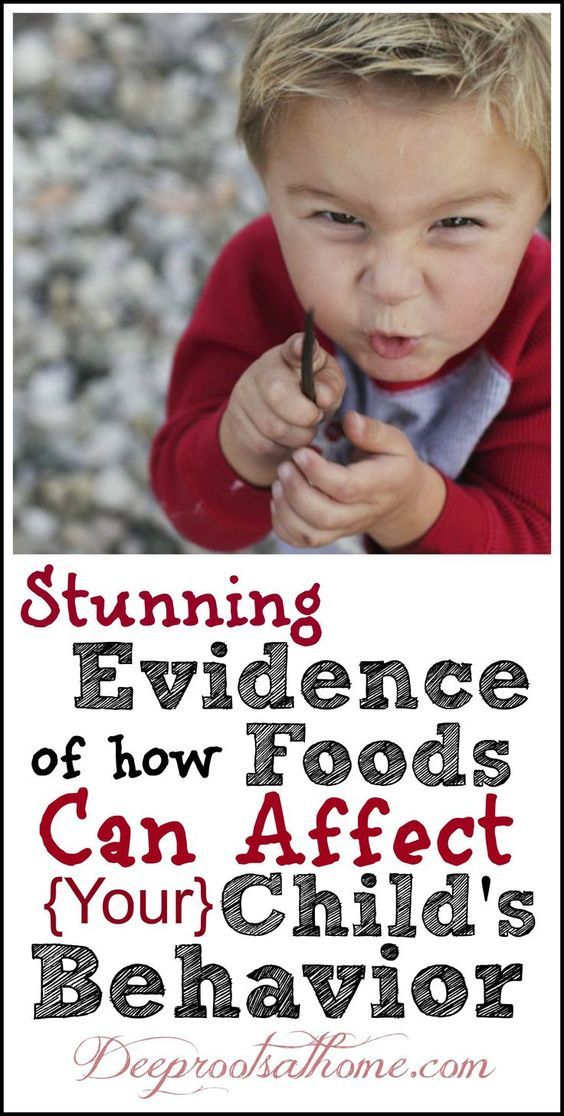 Teachers everywhere were reporting physical and verbal outbursts directed at them and other students. They cited being hit, kicked, punched, stabbed with pencils, and being subjected to other aggressive actions. In some schools, these eruptions had become alarmingly common, upsetting classmates and teachers alike, and at their worst, rendering classroom learning impossible.
Teachers everywhere were reporting physical and verbal outbursts directed at them and other students. They cited being hit, kicked, punched, stabbed with pencils, and being subjected to other aggressive actions. In some schools, these eruptions had become alarmingly common, upsetting classmates and teachers alike, and at their worst, rendering classroom learning impossible.
The return to full day, in-person learning this fall has brought a cascade of mental health crises and a surge in aggressive behaviors. These outbursts are not confined to older students: some of the biggest increases in aggressive behaviors have been among elementary school children, and teachers and administrators feel ill prepared to handle it. Many school personnel themselves are exhausted and depleted, struggling to meet academic goals while managing pandemic-related safety protocols and helping dysregulated students settle into school routines. Staffing shortages further exacerbate the problem.
Prior to the pandemic, teachers in one state, Oregon, said that aggression in the classroom had reached crisis proportions. The Oregon Education Association put out a special report to call urgent attention to the problem. “Students are coming to school with complex needs, students and educators don’t feel safe, and schools and districts don’t have the resources to address the root causes of these incidents,” the report concluded. “Without appropriate resources to support communities, students are biting, kicking, punching. Young children are cursing, yelling, screaming. Innocent objects are turned into dangerous weapons.”
The Oregon Education Association put out a special report to call urgent attention to the problem. “Students are coming to school with complex needs, students and educators don’t feel safe, and schools and districts don’t have the resources to address the root causes of these incidents,” the report concluded. “Without appropriate resources to support communities, students are biting, kicking, punching. Young children are cursing, yelling, screaming. Innocent objects are turned into dangerous weapons.”
And the issue isn’t unique to Oregon. Districts around the country have been facing a similar plight. In Connecticut, teachers had grown so unsettled by the behavior in their classrooms that they were seeking legislative action, calling on lawmakers to pass a bill that would address this troubling trend.
“Students are disrupting classrooms and putting themselves, other students, and teachers at risk at an alarming rate,” says CEA [Connecticut Education Association] President Sheila Cohen.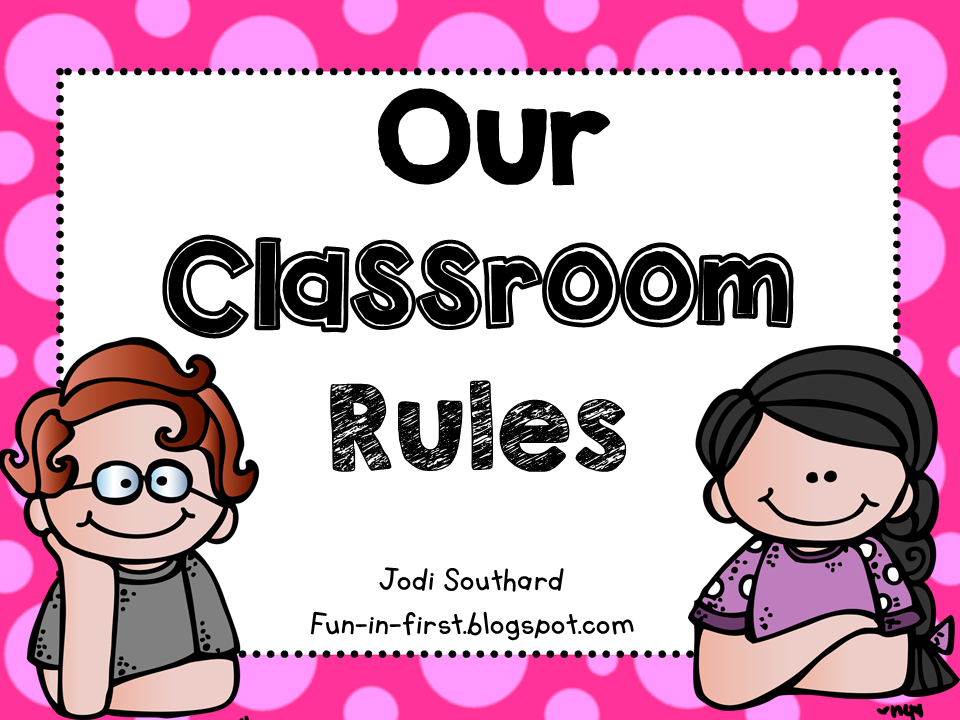 “Oftentimes, the disruptive students are taken out of the classroom for a short period of time and then returned right back into the same classroom, where the aggressive behavior continues.” Cohen adds, “These behaviors and lack of support for teachers are adversely affecting the learning environment for students.”
“Oftentimes, the disruptive students are taken out of the classroom for a short period of time and then returned right back into the same classroom, where the aggressive behavior continues.” Cohen adds, “These behaviors and lack of support for teachers are adversely affecting the learning environment for students.”
What’s Going On?
There is a consensus that classroom aggression is an escalating problem. What’s less clear-cut is what exactly is behind the increase. As with most widespread phenomena affecting large numbers of students, the causes are likely to be varied and complex, and the aftermath of the COVID-19 pandemic has introduced a whole new set of factors.
Look Behind the Aggression, and You Often Find Trauma
When teachers encounter defiant, angry, or aggressive behavior in a student, particularly if the acting out is chronic, the impulse might be to label the child as “oppositional” or simply “a problem kid.” But it’s rare that a child truly wants to be difficult. Labeling a child as “problematic” or “difficult” is incomplete at best. There is always a root cause that underlies a problematic behavior, and often the cause is trauma.
Labeling a child as “problematic” or “difficult” is incomplete at best. There is always a root cause that underlies a problematic behavior, and often the cause is trauma.
All children must weather their share of hurts and fears. But many of the students in classrooms today are shouldering more serious traumas. The types of traumatic experiences these young people have lived through — or might still be living through — run the gamut: extreme poverty, homelessness, violence, neglect, the toxic effects of racism, parental substance abuse, and the list goes on. There is no end to the hardships that life can throw at kids. And, of course, the shared trauma of the pandemic has added layers of stress to the lives of children and their caregivers.
As the educational community continues to learn more about the many aspects of trauma, teachers and administrators have come to understand that trauma doesn’t always look like trauma. In fact, children who have experienced traumatic events can manifest any number of behaviors, including aggression.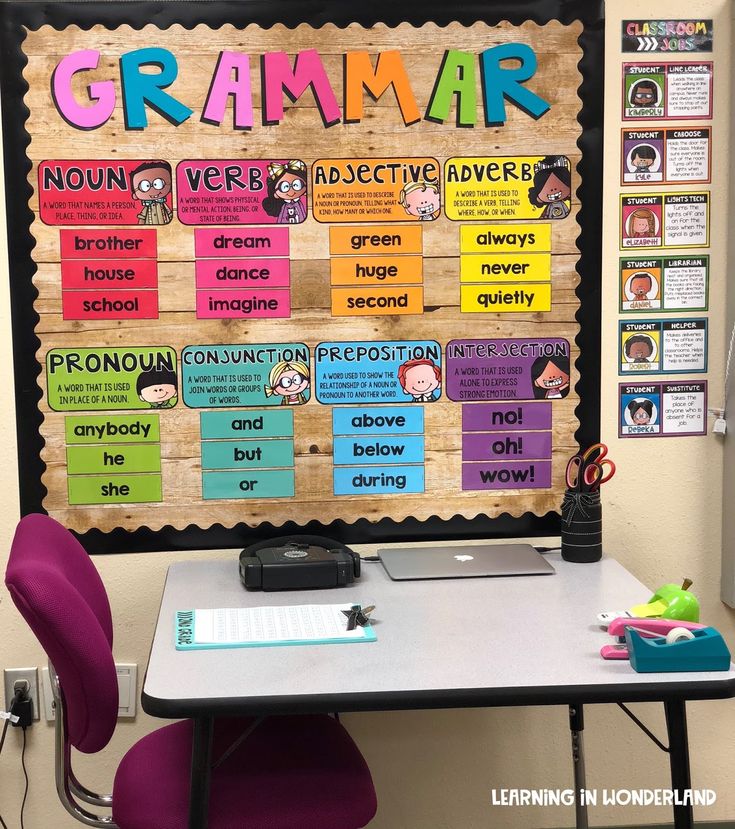
According to experts at the Child Mind Institute, “Trauma is particularly challenging for educators to address because kids often don’t express the distress they’re feeling in a way that’s easily recognizable — and they may mask their pain with behavior that’s aggressive or off-putting.”
Apart from the emotional fallout of deeply injurious experiences, research has shown that traumatic experiences alter the brain and can affect children socially, emotionally, behaviorally, and academically. Traumatized kids can appear angry, depressed, uncooperative, or distracted. These children may be behaving in ways that are unpleasant, but what they urgently need is understanding and help.
Other Causes of Disruptive Behavior
While trauma is much more prevalent than we used to think, there are certainly other reasons for aggressive and disruptive behavior at school. A wide range of underlying issues can give rise to extremely challenging behavior in kids.
- Children with ADHD can experience high levels of frustration in classroom situations, and they can act out as a result.
- Students who have undiagnosed learning disabilities might lash out when they’re faced with school assignments that they find particularly challenging. Young people with sensory processing issues are easily overwhelmed by too much noise, too many people, and other uncomfortable sensory inputs. When this happens, they can become anxious and distressed, which can lead to aggressive behavior.
- Another group of kids who are prone to high-powered meltdowns are children on the autism spectrum. When they experience frustration or are forced to deal with an unexpected change, they can become anxious and agitated and thus, prone to aggressive outbursts.
- Undiagnosed anxiety or depression can be another cause of children’s explosive outbursts. We might expect anxious and/or depressed students to look shy or reserved, but anxiety and depression can present in any number of ways, including emotional volatility.

For anyone dealing with difficult or disruptive behavior, it’s helpful to remember that “behavior is communication.” Children who are lashing out in harmful ways are always in some kind of distress. Throwing a tantrum may be the only behavior they have at their disposal because they “lack language, or impulse control, or problem-solving abilities.”
Dealing with Disruptive Behavior: Restraint, Seclusion, and Classroom Clears
Punishment of one sort or another has a long history in our educational system as a means of keeping students’ behavior in check, with frequent use of suspensions and expulsion. In the 1990s, schools enforcing “zero tolerance” policies often harshly punished students, even for low-level infractions. Such stringent practices have fallen out of favor, in large part because studies showed they disproportionately affected racial minorities and students with disabilities. “In recent years, districts have begun to discourage and even ban suspensions and expulsions.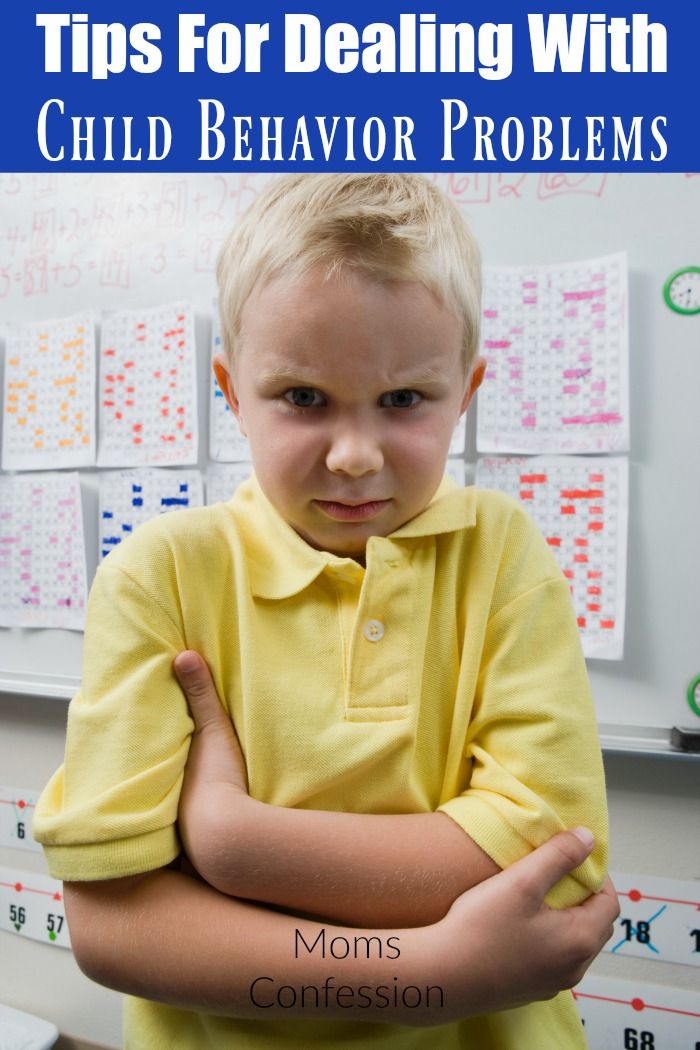 ” At least 22 states have changed their laws, to reflect these new policies.
” At least 22 states have changed their laws, to reflect these new policies.
Two other controversial practices have been implemented in some schools around the country: “restraint” and “seclusion”. Restraint involves restricting a student’s movement by physical means. This can entail anything from holding students’ arms, to grabbing or seizing their bodies, to pulling them to the floor. Seclusion, on the other hand, involves isolating students in a room or space, and preventing them from leaving. This intervention is distinct from a “time out” — a common practice in classrooms — because in cases of seclusion children cannot voluntarily leave the space.
Most people agree — and federal guidelines instruct — that such practices should be reserved for only the most extreme situations, that is, when students’ behaviors pose an imminent danger to themselves or others. But there is considerable evidence that these practices are being used far more frequently, in less urgent situations. In a report by the Department of Education’s Positive Behavioral Interventions & Supports (PBIS), the authors write, “According to documents we reviewed, a variety of behaviors have landed children in seclusion. Sometimes students were violent. Other times they were simply non-compliant.”
In a report by the Department of Education’s Positive Behavioral Interventions & Supports (PBIS), the authors write, “According to documents we reviewed, a variety of behaviors have landed children in seclusion. Sometimes students were violent. Other times they were simply non-compliant.”
And in 2017, Education Week reported, “One out of every 100 special education students was restrained by school personnel or secluded in school from his or her peers in the 2013–14 school year, presumably to quell behavior that teachers considered disruptive or dangerous.”
These practices can be upsetting and stigmatizing for children, and in some cases traumatizing. Children have been physically harmed and developed post-traumatic stress disorder after being subjected to these stringent practices.
Another method known as “classroom clears” has gained traction in some schools in recent years, as a less invasive response to behavior that’s particularly disruptive.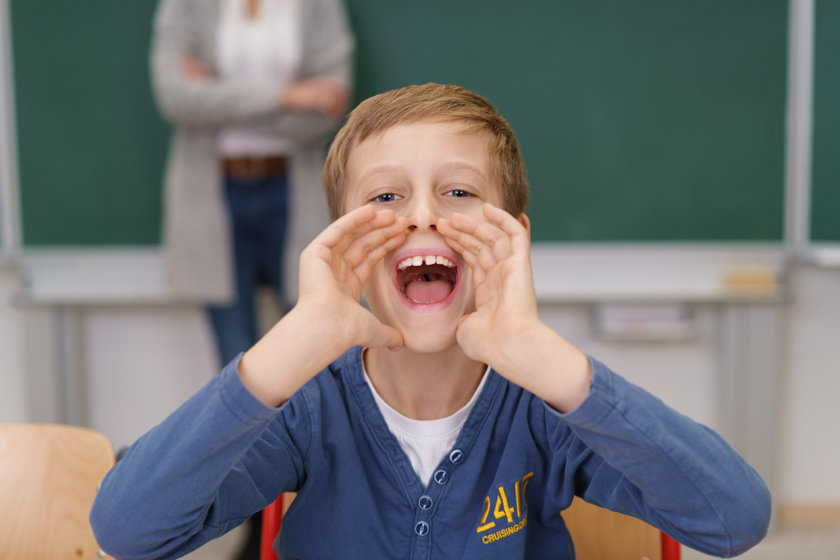 In these instances, the teacher rounds up all the other students in the class and vacates the room, leaving the child in crisis alone to calm down. It goes without saying that frequent classroom clears — and some teachers report that they employ them often — make it hard for children to focus and learn.
In these instances, the teacher rounds up all the other students in the class and vacates the room, leaving the child in crisis alone to calm down. It goes without saying that frequent classroom clears — and some teachers report that they employ them often — make it hard for children to focus and learn.
A Better Way
Educators everywhere have been looking for ways to effectively address the mounting problem of classroom aggression in ways that benefit everyone involved. The surge in mental health symptoms and disruptive behaviors that has been triggered by pandemic-related stressors has certainly increased the urgency to find solutions.
Go Positive!
Experts have found that giving kids positive rather than negative attention is much more effective in changing behavior. Ample research shows that recognizing and responding positively to the behaviors we want to encourage gets better results than punishing or criticizing the things we want children to stop doing.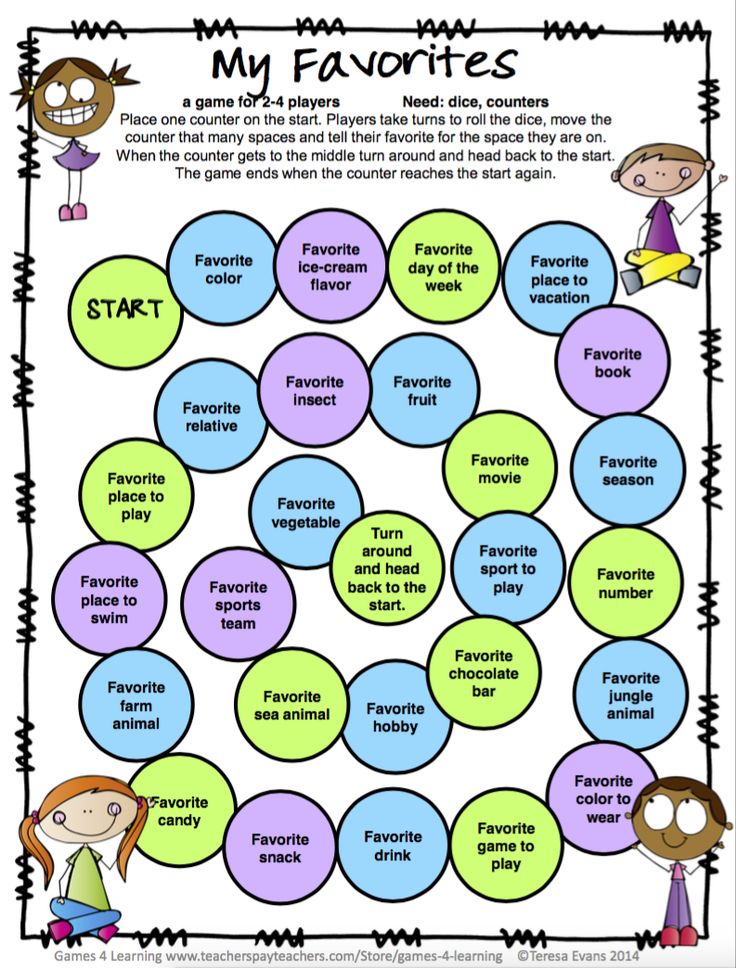 Full-hearted attention to the behaviors that we are hoping to increase must go hand-in-hand with clearly articulated rules and boundaries that are consistently enforced. Ignoring minor disruptions will cause that behavior to be extinguished over time. Consequences for other inappropriate behaviors or rule-breaking should be delivered consistently, and in a matter-of-fact, unemotional way. These consequences can include a variety of actions, for example the deduction of points in a level system or losing a privilege.
Full-hearted attention to the behaviors that we are hoping to increase must go hand-in-hand with clearly articulated rules and boundaries that are consistently enforced. Ignoring minor disruptions will cause that behavior to be extinguished over time. Consequences for other inappropriate behaviors or rule-breaking should be delivered consistently, and in a matter-of-fact, unemotional way. These consequences can include a variety of actions, for example the deduction of points in a level system or losing a privilege.
In the report by PBIS, the authors suggest that prevention is the best alternative to dealing with challenging behavior. By universally employing positive, and preventive intervention practices, we can support all students, including those who present the most disruptive behaviors. The report encourages teachers and administrators to have “positive expectations for students, explicitly teaching social and emotional skills, providing positive, specific feedback, and reinforcing accomplishments.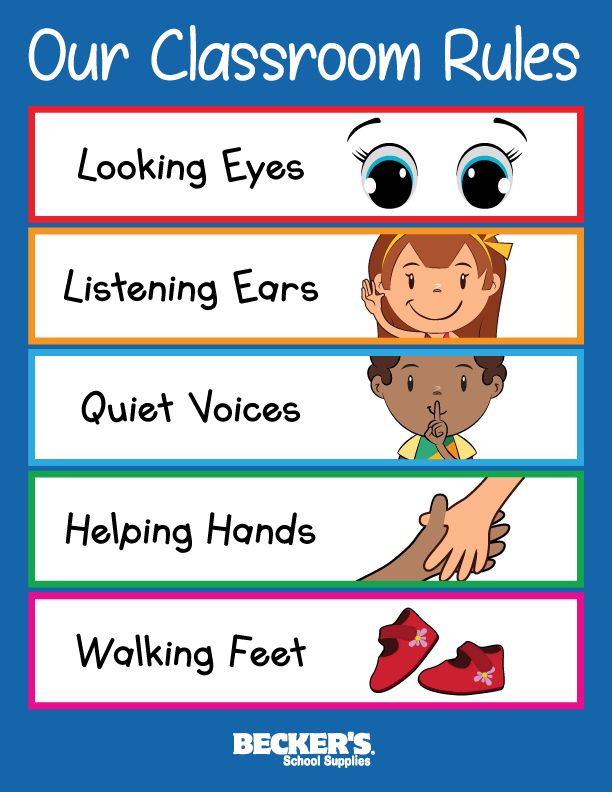 ” Doing so creates an environment that functions as a “protective factor” for students with a history of challenging behavior.
” Doing so creates an environment that functions as a “protective factor” for students with a history of challenging behavior.
Bring a Trauma-Informed Perspective
When children are lashing out verbally or physically, remembering that their behavior is their way of communicating distress may not be easy to do. But learning to look beyond the behavior to address the root cause is an essential step toward changing the behavior and fostering healthier, happier kids.
One elementary school in Columbus, Ohio, has found that implementing a trauma-informed mindset has made a difference in a school where many of the children have grown up in the face of multiple adverse events. At the school, everyone on the staff receives training on the various ways children respond to trauma. They learn about the impact that trauma has on kids, particularly that it can make them emotionally volatile. This helps teachers and other school staff interpret misbehavior through a different, more productive lens.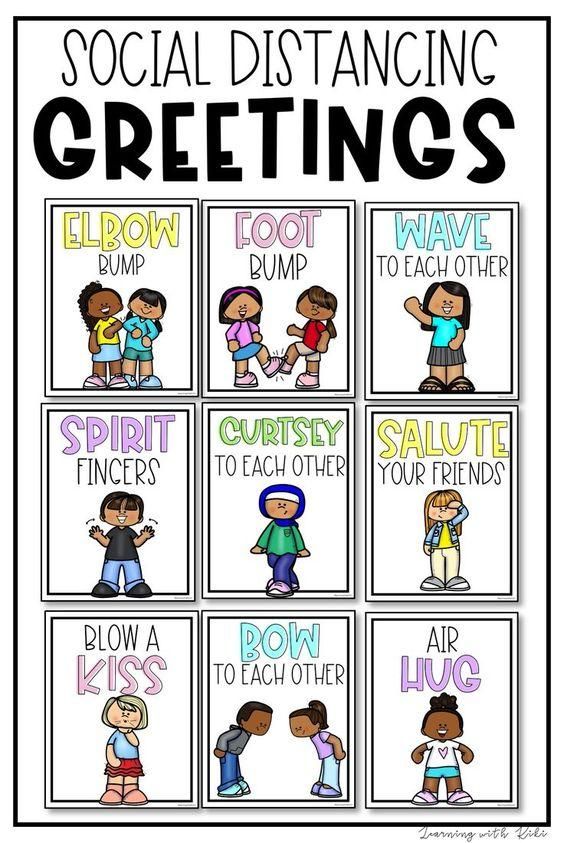 They also learn methods to de-escalate conflict. As a result, they actively seek out ways to help their students manage their overwhelming feelings and control their impulses. As a result, learning is up, and problem behaviors are down.
They also learn methods to de-escalate conflict. As a result, they actively seek out ways to help their students manage their overwhelming feelings and control their impulses. As a result, learning is up, and problem behaviors are down.
Support and Training: A Whole-School Approach
There is no quick fix for addressing an issue as complex and challenging as classroom aggression. But what teachers in districts across the country have made clear is that they need increased support. Educators need training, but they can’t handle these situations on their own. It takes a whole-school approach. And, just as students and families need support to emerge from pandemic related traumas, so do teachers and other school personnel.
There are several actions that districts can take as part of a whole-school approach:
- Engage parents and teachers of each student with a history of aggressive behavior in a discussion about trauma history and known triggers for that child.

- Examine classroom environment and practices to eliminate or reduce triggering stimuli for all students, as well as for individual students with a history of aggressive behavior.
- Provide information and consultation for teachers about how to recognize the early signs of dysregulation in all students, and in specific at-risk students.
- Provide teacher training and create a de-escalation manual with strategies that can be used to turn down the heat when one or more students begin to exhibit dysregulated behavior.
- Avoid placing a student back in a classroom setting after an aggressive outburst warrants removal from the classroom. Create a de-escalation/safe room where an agitated student can calm down and re-regulate.
- Ensure that incident reports are created for any aggressive outburst and create a process for regularly aggregating and analyzing the data. These findings often point directly to policies/procedures/actions that need to be changed.
- Create a model for community learning — help parents and guardians learn how to identify the early warning signs of aggression in their children and how to minimize triggers and de-escalate situations.
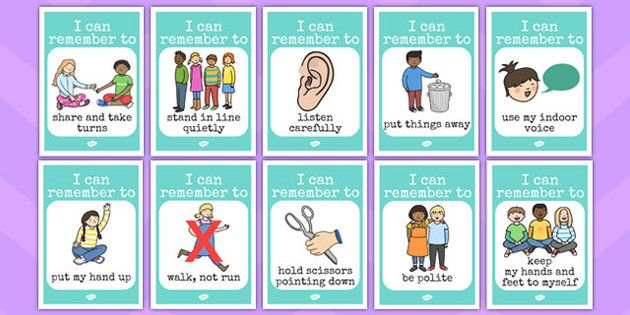 Help parents understand what factors contribute to aggression in children.
Help parents understand what factors contribute to aggression in children. - Make referrals to school-based or community mental health services BEFORE a major aggressive incident occurs.
How Effective School Solutions (ESS) Can Help
ESS helps districts create trauma-attuned schools so that learning and social-emotional support is accessible to all students. Using the Trauma-Attuned Model® and a Multi-Tiered System of Supports (MTSS) framework, we help educators create school-based systems to support students with a wide range of emotional and behavioral challenges. With the infusion of COVID relief funding for school systems, many districts are exploring the development or enhancement of an array of school-based mental health services, and ESS can help with this process.
ESS offers powerful professional development for frontline educators and consultation and technical support for district leaders who are looking to re-invent their onsite mental health services.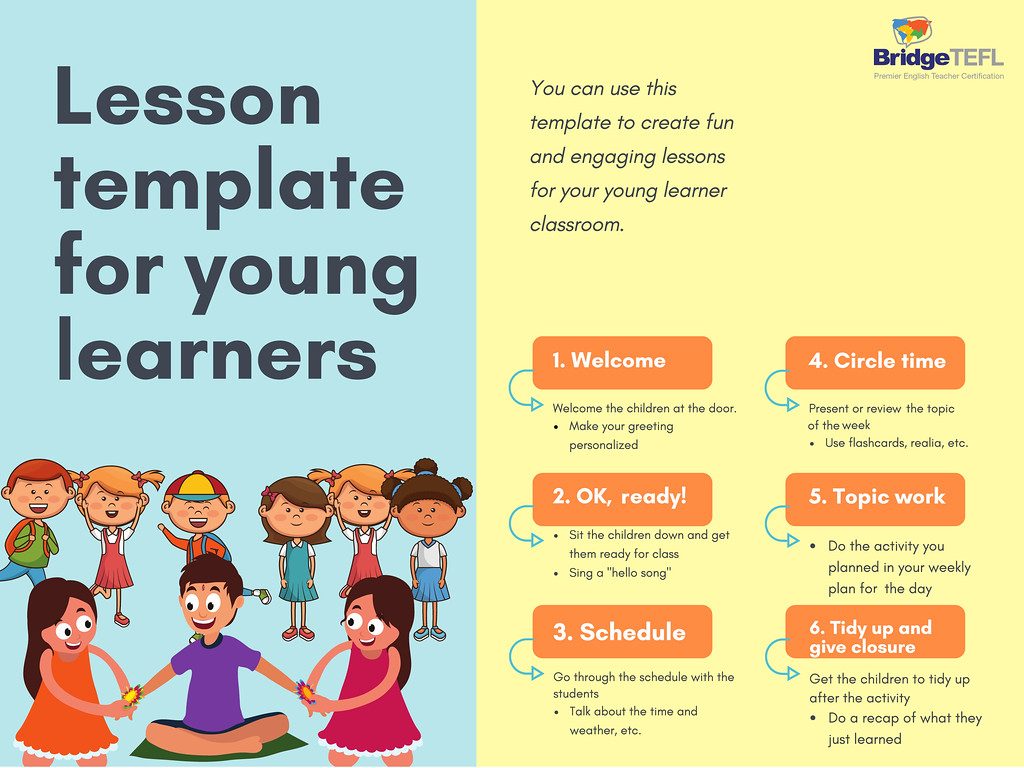 Classroom Environment Assessments and Classroom Management Coaching can equip teachers with effective tools for dealing with the effects of trauma in young people and for dealing with challenging classroom behaviors that interrupt learning and a sense of safety for all.
Classroom Environment Assessments and Classroom Management Coaching can equip teachers with effective tools for dealing with the effects of trauma in young people and for dealing with challenging classroom behaviors that interrupt learning and a sense of safety for all.
We’re here to help all students learn and succeed, and to support educators during this most challenging of times. Contact ESS to learn how to implement proven Trauma Attuned, MTSS mental health programs in your district.
Aggressive child in the classroom: what to do?
04.12.2022
Irina Kochkova
Teacher, teacher of the Russian language MAXIMUM EDUCATION
Any parent wants their child to study in the most comfortable environment. However, the children's team is very heterogeneous, and often there may be so-called problem children who behave aggressively towards both classmates and teachers, thus interfering with the entire educational process as a whole. Of course, parents have a question: how to protect their child from an aggressive student? How to get rid of an inadequate child in the classroom? We understand in this article.
An inadequate child at school: who is he?
It is worth noting right away: an aggressive child is not just a bully who is naughty during lessons or breaks. An aggressive student constantly quarrels with children and adults, may call names, sometimes even threaten. In especially severe cases, damage to the property of other students or teachers, and sometimes even beatings, may occur.
Various factors influence the behavior of such a child:
- Aggressive behavior of parents. If the people closest to the teenager are themselves prone to outbursts of anger, then the student himself can learn such behavior as normal and natural.
- Permissive upbringing. If parents turn a blind eye to the bad behavior of a teenager, then he also begins to perceive this as the norm.
- Lack of attention from parents. If a teenager's mom and dad are busy all the time, then he starts to feel lonely and tries to do everything to be noticed. In this case, aggressive behavior is like a cry for help: "Parents, I'm here and I need you!"
Currently, the problem of interaction with aggressive students is becoming especially relevant, since children are taught in a team, many modern schools have rather large classes, as a result of which teachers cannot always recognize a problem teenager and work with him.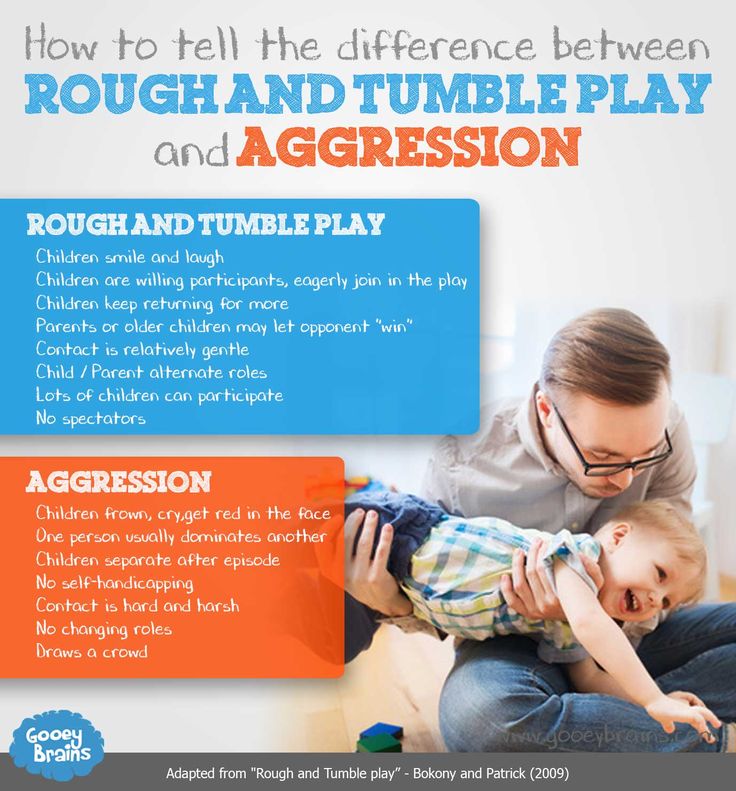
An aggressive child in the classroom: what to do?
If an aggressive student appears in the classroom, the parent's first concern is to protect his own child from his influence. Of course, at the moment there is no single set of rules in the legislation on what to do, so parents and the teaching staff have to make their own decisions, based on the situation.
- Protect your own child from a bully. It can be difficult to influence an aggressive teenager from the outside, so some parents prefer to talk with their child so that he tries to stay away from such a student and does not go into conflict with him. Unfortunately, this does not always work, as aggressive teenagers may have outbursts of anger unprovoked.
- Teach a teenager to “strike back”. Some parents want their child to learn to take care of himself. Of course, sometimes such a skill is useful, but sometimes the position of “tail for tail, eye for eye” only leads to an aggravation of the conflict.
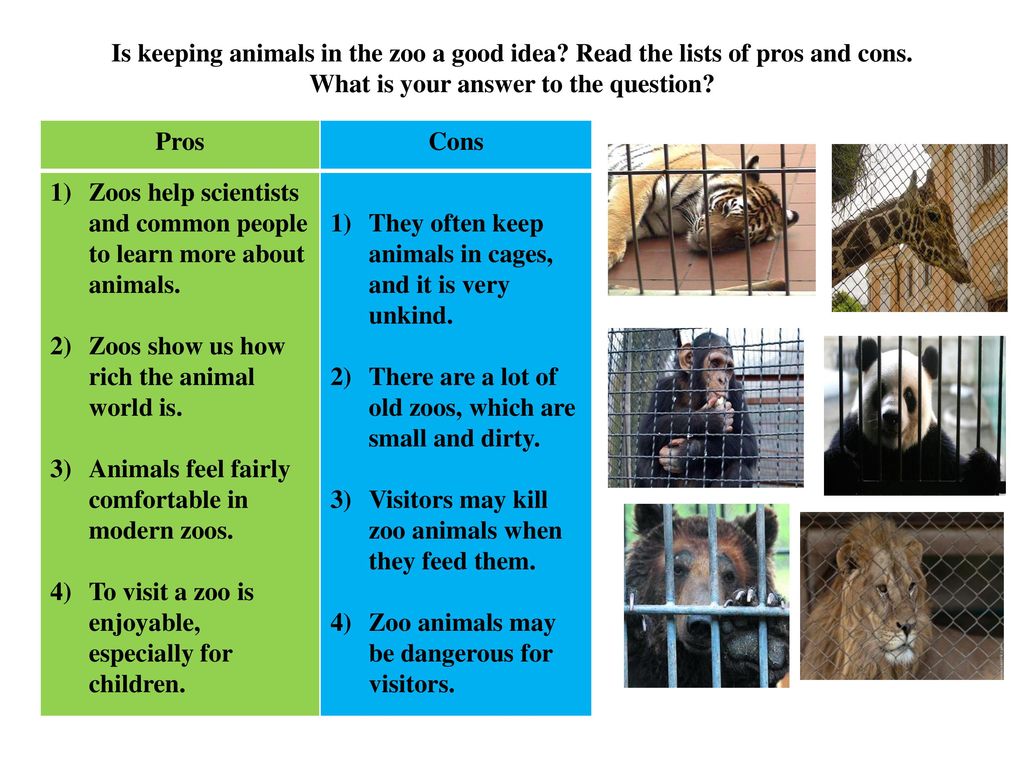
- Talk directly to the bullying child. Not the best solution: most likely, a teenager simply will not accept an outside adult, and in the worst case, he may already show aggression towards him.
- To influence an aggressive child through his environment: parents, teachers, psychologists, etc. Of all, this method is probably the most efficient.
- Attempt to remove a problem child from the class.
How to remove a problem child from the class?
Sometimes parents, whose child is in conflict with an aggressive student, under the influence of emotions think that transferring the aggressor to another class is the only correct way out. However, this decision is not always correct. Every child, even if he misbehaves, has the right to receive an education. That is why there is no law on the basis of which it would be possible to expel an aggressive child from school, transfer him to another class or to home schooling. However, in particularly difficult cases, the teenager's inappropriate behavior goes beyond quarrels or verbal abuse and may pose a danger to others. So, if an aggressive teenager:
So, if an aggressive teenager:
- systematically disrupts lessons, preventing classmates from getting an education;
- damages the property of the school or other children;
- beats other students
- while adults cannot cope with such behavior on their own - parents need to protect their child first of all. Law enforcement agencies will come to the rescue, but the parents of the injured child must provide evidence of harm: damaged property, beatings, sometimes even injuries, etc.
In order to prevent such a measure, it is necessary to work with a teenager first of all by parents, as well as teachers and a psychologist. It is important for a cool parent not to make an outsider out of an aggressor teenager, but on the contrary, to help him join the team and find his place. A psychologist will teach you how to control outbursts of anger.
What should I do if my "inadequate child" is mine?
However, not only the parents of the injured party find themselves in a difficult situation, but also those whose child is the aggressor. What should they do?
What should they do?
- Don't let guilt consume you. It is very difficult to admit that a native child may behave aggressively towards people, a parent may experience feelings of shame, anger and guilt. First of all, you should calm down yourself and only then try to help the teenager.
- Do not scold the child. It is no less difficult for him than for you or his classmates, he also needs help.
- Do not get into conflict with teachers, other parents, children, etc. It is much more effective to start cooperating with them in order to help the child together.
- Teach your child to control himself. The first time can be difficult. It is important to show the child that you are on his side even in such a difficult situation, but his behavior is not correct.
- Don't be alone with a problem. Talk to a teacher, psychologist or social pedagogue - such complex work with a teenager will undoubtedly bring results.
When can I be expelled from school?
Yet all parents are wondering if an aggressive child can be expelled from school?
It should be noted right away that the practice of expulsion from school is practically not widespread at present, there are many reasons that prevent such a measure. However, according to the law, if it is proved that the child’s behavior really poses a danger to others, work was carried out with him, but it did not give results - the student can really be expelled (unless, of course, there are grounds forbidding this).
However, according to the law, if it is proved that the child’s behavior really poses a danger to others, work was carried out with him, but it did not give results - the student can really be expelled (unless, of course, there are grounds forbidding this).
A child's aggressive behavior is certainly a problem both for those around him and for himself. That is why it must be solved, taking into account the interests of all parties, because any child has the right to receive education and develop in a normal healthy environment.
Looking through some more?
Bad behavior at school: what to do if a child misbehaves?
12/15/2022
Scroll also
08/26/2021
Stress when changing schools
Read (16)
Aggressor in the classroom: what should the teacher and parents do
What should the teacher do if one student in the class regularly disrupts lessons, offends classmates, refuses to engage in dialogue? And what should parents do if their child was offended at school? Our blogger, curator of the security school Anastasia Berenova tells.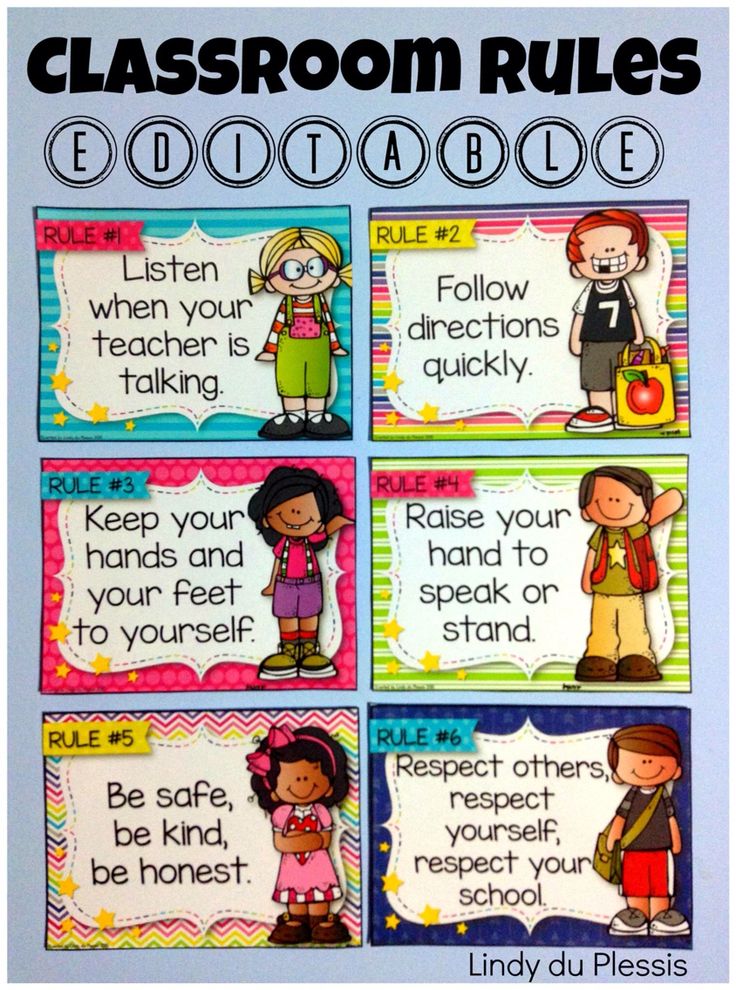
Once, after a lecture for teachers, a teacher came up to us: “What should we do? There is an aggressive child in the class who terrorizes everyone. He was prescribed pills and treatment by a psychiatrist, but his mother refuses to do anything.” We told her about the tactics of a possible dialogue, about how important it is to teach the whole class not to react to the child - not to create ground for provocations and harassment, but in case of aggression, everyone should protect everyone together.
But these are all half measures. Because, firstly, we do not know whether the right treatment was chosen, and secondly, such stories are legion. Somewhere the child behaves aggressively because he does not know how to control behavior, as in this example, but somewhere he copies the behavior of adults or is ill-bred. In an attempt to dialogue with parents, the teacher receives from them the magic word "achotakova" or even a counter-accusation - of persecuting the "ideal child".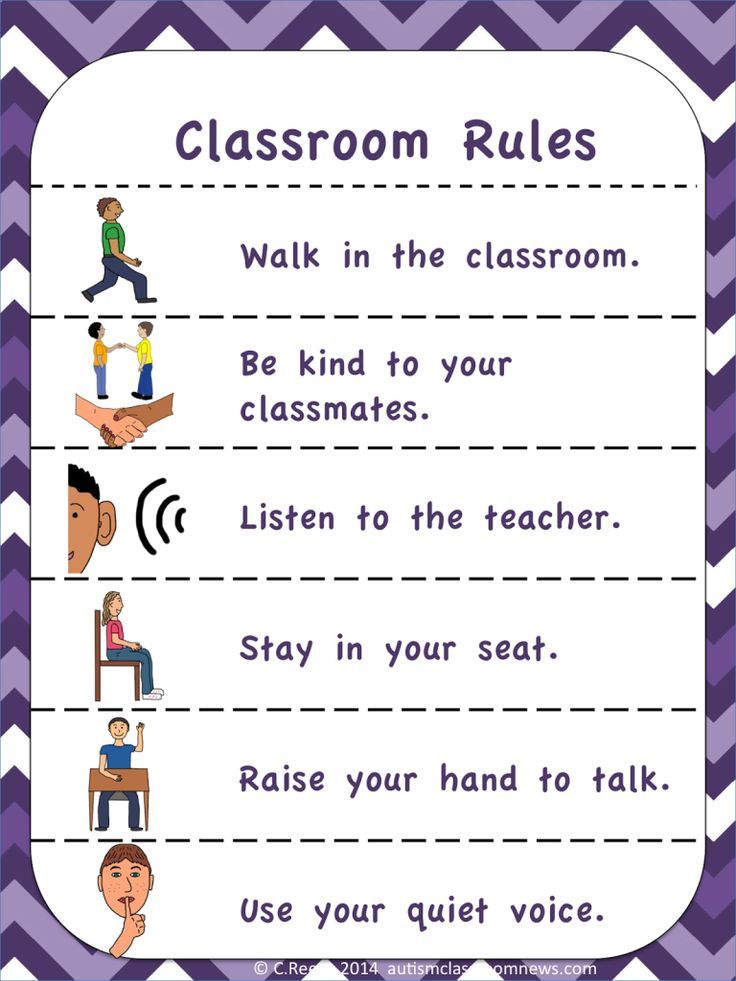
Unfortunately, there are not so many legal measures to influence the family (maybe fortunately?). Forcing a child to leave school or forcibly turning to a psychiatrist is impossible. Unless the situation is so terrible that there are grounds for administrative or criminal liability. The latter occurs if a child aged 14 and older extorted money, robbed, his actions were in the nature of sexual harassment or distribution of pornography, especially with blackmail. A threat to life and health is also qualified under Article 119 of the Criminal Code(responsibility comes from the age of 16), but it is difficult to prove the threat.
Read the Criminal Code of the Russian Federation and the Code of Administrative Offenses of the Russian Federation to check at what age liability for what happened begins. If the child is younger and the aggression is insignificant or unprovable, nothing can be done. If the actions are dangerous for others, and the child is small, there is a chance, with perseverance, to achieve registration or conversation with the parents by the guardianship authorities.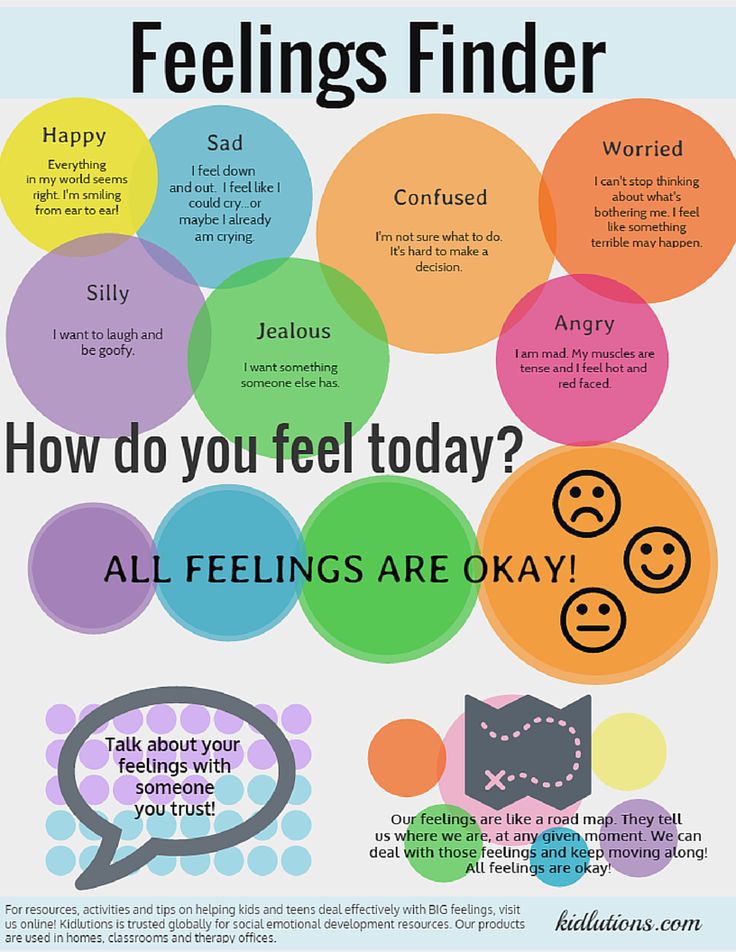
But if the parents are marginal or high-ranking, this will not be of any use, moreover, it can anger them even more
For example, a 7-year-old child threw knives at teenagers leaving school. The district police officer talked to the parents, but that was the end of the story. And the child continued to show aggression. You can assess the danger of a situation for others by the following signs: the presence of a weapon (knife, spray can, shocker, etc.), an aggressive child is stronger than the victim, or a group of aggressors. This is a high level for life and health. By infancy and under these circumstances, you can avoid responsibility, but you can influence parents - fines, restriction of parental rights, etc. legal field is almost impossible.
Does this mean that one should give up? Of course not, and here we will give some schemes of possible actions
There are situations that stand apart - the child is aggressive because he cannot control himself or transmits inner pain.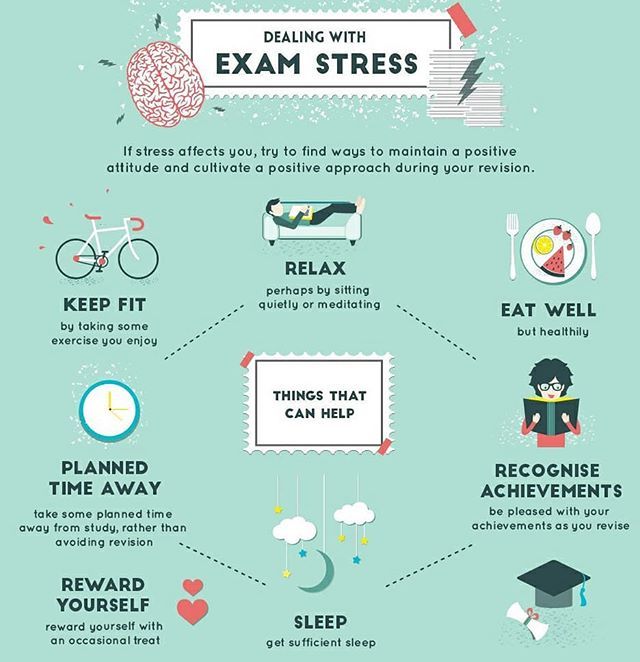 If a parent is ready to work on a problem, enters into a dialogue and helps the child, great. Here it is important to support him in this, and not poison him. It is possible that in some cases the child may need a tutor.
If a parent is ready to work on a problem, enters into a dialogue and helps the child, great. Here it is important to support him in this, and not poison him. It is possible that in some cases the child may need a tutor.
Find out and help the parent of the bully - draw up a charter of behavior in the team, set boundaries, share recommendations from specialists or helping services, teach your children the specifics of communication, if necessary. The aggressor child may need both medical help and new skills - anger and emotion management, legitimate ways to make friends. All these issues are solvable.
If a child is broadcasting episodes of violence that he sees at home, it is important to talk to one of the parents about the problem. Perhaps he also needs help, and simply does not understand that what is happening in the family is not the norm and not a sign of a "strong hand", but a dangerous situation that needs to be interrupted urgently! Tell us about how dangerous psychological abuse is as well - threats, swearing, depreciation, ridicule, gaslighting, economic violence in the family, etc.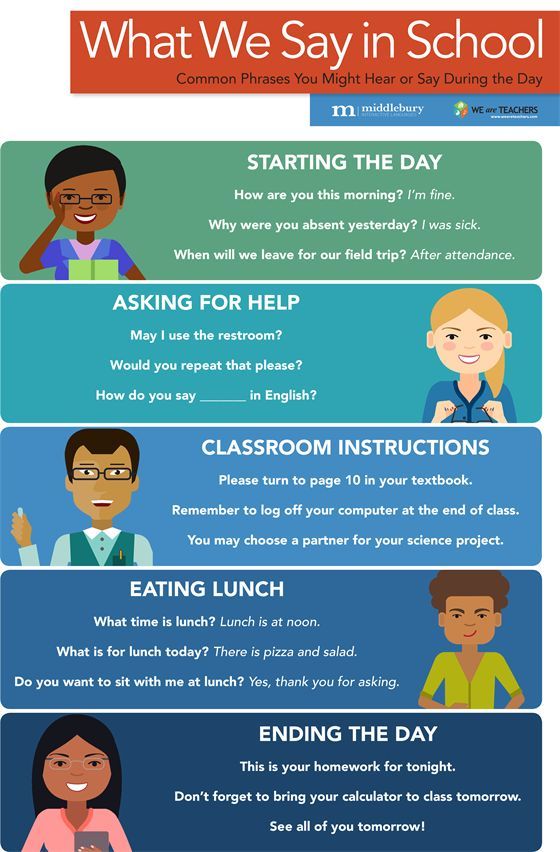 And if the parent does not enter into a dialogue or even blames the school staff for the current situation?
And if the parent does not enter into a dialogue or even blames the school staff for the current situation?
What not to do
1. Leave the teacher alone with the problem
The fact that the teacher should be responsible for everything, teach everyone and re-educate is a dangerous delusion that unties the hands of parents of ill-bred children, and does not solve the problem. If you have an unruly child in your class, it is better for everyone to unite. But not with the message "We are against him", but with the message "Let's solve the problem together." Motivate teachers and administration to team up with you: in the end, the school, not ensuring the safety of students, is at great risk.
2. Hoping the problem will "grow"
A child who is not properly rebuffed for showing aggression or getting proper help in managing behavior will feel more loosened up in the future.
3. Under no circumstances should the issue be resolved by force!
Real situation: a child was hospitalized as a result of an attack, a parent went to sort things out with the offender.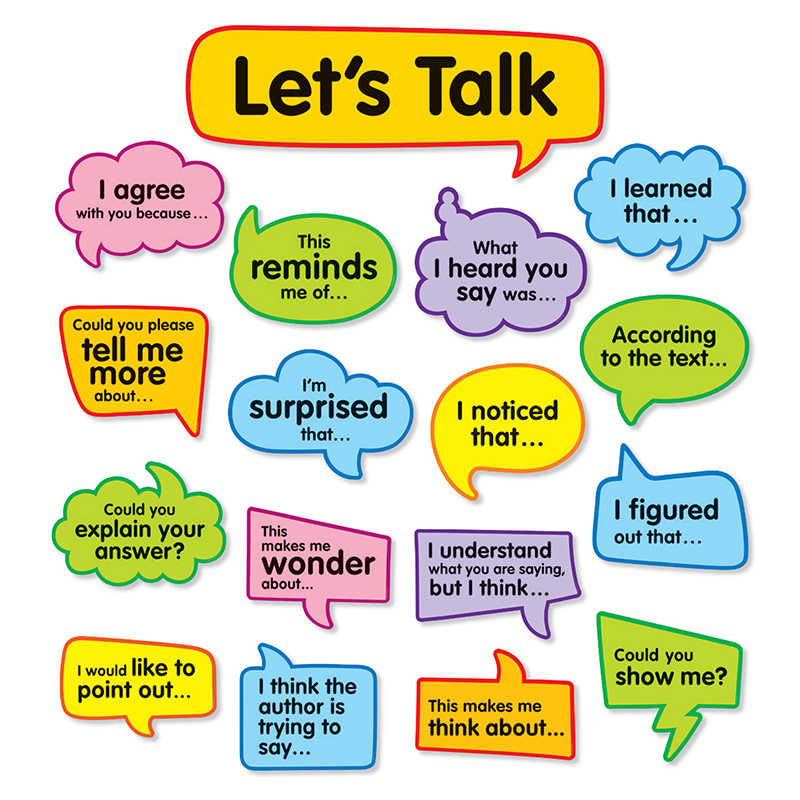 Now he is being tried under the Criminal Code, and the attacking teenager continues to walk around the school as a “king”, because now he is a victim for society. For the same reason, in no case should you talk with other people's children about behavior: it's not a fact that it will work, but tomorrow his parents will oppose you. And do not forget that you can get distorted information and behave excessively emotionally. Therefore, rule number 1: we act only in the legal field!!!
Now he is being tried under the Criminal Code, and the attacking teenager continues to walk around the school as a “king”, because now he is a victim for society. For the same reason, in no case should you talk with other people's children about behavior: it's not a fact that it will work, but tomorrow his parents will oppose you. And do not forget that you can get distorted information and behave excessively emotionally. Therefore, rule number 1: we act only in the legal field!!!
4. Don't turn the team against the bullying child
Teach children legitimate ways to protect themselves. Otherwise, you will get the so-called "self-defense bullying", when children, in response to aggression, behave no better than the offender. This will then give the parents of the instigator the full right to expose the rest as aggressors, and their child as a victim.
5. Don't show weakness
This is the hardest part. Psychologists advise teachers and parents to “just talk” or feel sorry, but without the proper manifestation of willpower or authoritative (not authoritarian!) behavior of an adult, the offender will consider such a reaction as a weakness, this will only provoke him.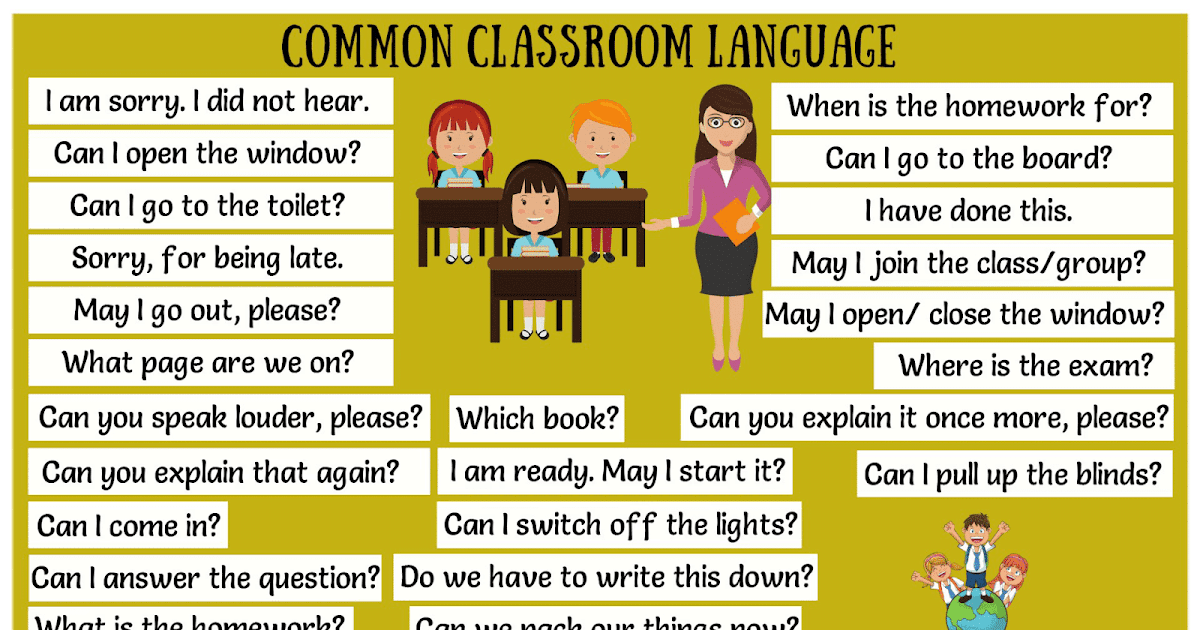 Especially if sadistic traits appear in his behavior. Recommendations "let's live together" work great in the bullying of ignorance, when children, out of inability, without intent offend each other, but this will not help in sadistic bullying.
Especially if sadistic traits appear in his behavior. Recommendations "let's live together" work great in the bullying of ignorance, when children, out of inability, without intent offend each other, but this will not help in sadistic bullying.
Read Makarenko - he did not spare anyone, he was firm, but fair, and therefore he was able to cope with the upbringing of homeless children. Unfortunately, very few psychologists systematize their advice depending on the state of the system and the type of bullying.
What to do
1. Unite!
If the offender has chosen one student in the class, it is not a fact that tomorrow he will not find another - your child may already fall under the distribution. Do not try to come up with excuses that your child is stronger, bolder and will not be touched. The criteria for choosing a victim are unknown to you. But most importantly, the observation of violence is no less traumatic for the psyche.
Even if your child has not suffered, it is better to make a collective appeal to the director.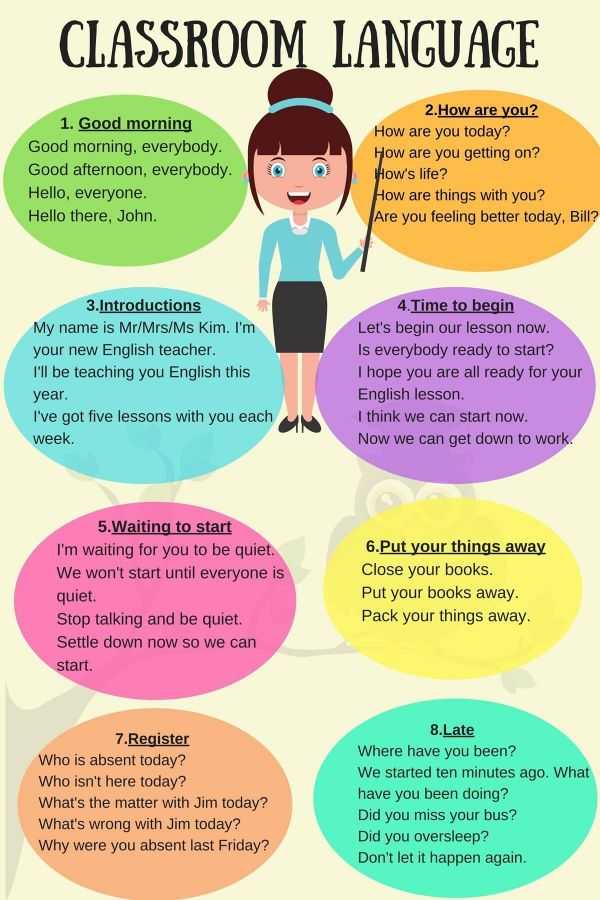 The team is harder to resist, and the argument “I don’t want my child to be an observer of aggression” is weighted and backed up by data that this is no less harmful than watching bullying. Say this to the manager, if you are not sure of the arguments, bring printouts of articles by qualified psychologists.
The team is harder to resist, and the argument “I don’t want my child to be an observer of aggression” is weighted and backed up by data that this is no less harmful than watching bullying. Say this to the manager, if you are not sure of the arguments, bring printouts of articles by qualified psychologists.
2. Gather evidence base
It is possible that outrageous behavior that parents are unhappy with constitutes a crime. And then the appeal to the leadership will be completely different. So, for example, the mother of a first grader was sure that a high school student who threatened to extort a phone from him was simply ill-bred. But when she realized that this qualifies as robbery, and there was already responsibility for it, she went to the management with a completely different attitude. After all, her son is still studying at this school! As well as other children.
Request camera recordings. Perhaps, as in the above case, everything that happened was recorded. Keep screenshots of correspondence in social networks, do not delete contacts. And most importantly - teach your child not to respond with retaliatory aggression - then both will be equally to blame.
Keep screenshots of correspondence in social networks, do not delete contacts. And most importantly - teach your child not to respond with retaliatory aggression - then both will be equally to blame.
3. Ask for help
You have collected evidence, found support from parents and school management, now contact a lawyer, he will help you achieve your goal faster and more competently. By the way, what do you want? Compensation for damages, expulsion of a child from school, registration, re-education? Not all goals are feasible in your particular case. A lawyer will help replace the emotional agenda with the structure of actions.
4. Deal with the cause of aggression
Does the child copy the behavior of relatives? Just ill-bred? Has problems with the psyche or neurology, so he cannot cope with the situation. The decision depends on the reason: in the first and second cases, the team can take the position “we don’t accept it like that” and make it unprofitable for the aggressor to behave this way.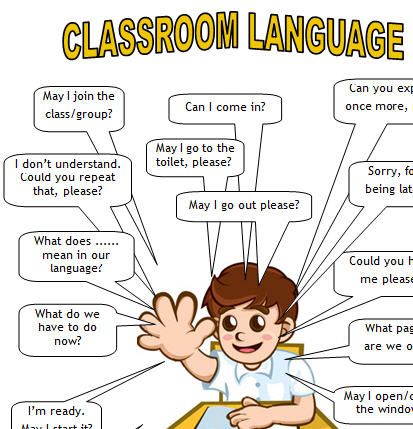 Not fashionable, not prestigious. Such a team upbringing. In the third case, alas, nothing can be done without the help of a specialist - except to work out schemes of actions with the team that do not provoke. But this doesn't always work. And teaching children the idea that the actions of the aggressor depend on the behavior of the victim is not a good strategy.
Not fashionable, not prestigious. Such a team upbringing. In the third case, alas, nothing can be done without the help of a specialist - except to work out schemes of actions with the team that do not provoke. But this doesn't always work. And teaching children the idea that the actions of the aggressor depend on the behavior of the victim is not a good strategy.
5. Talk to the abuser's parent
If the parents are willing to engage in dialogue, start by saying, "We have a problem and we need to solve it together." Tell us how petty sadistic acts, with the connivance of adults, created the basis for serious misconduct and criminal punishment in the end. Do you want this? And a psychiatric diagnosis without proper correction can lead to great psychiatry and even crimes on this basis.
Unfortunately, the fact that we have psychiatric problems is terribly stigmatized and many parents are ready to deny the diagnosis in order not to be registered with a psychiatrist. This fear has both real and fictional grounds.
This fear has both real and fictional grounds.
Show in the dialogue that for you the recognition of the diagnosis is not "horror horror", and this is better than turning a blind eye to it. It is possible that the parent, not out of intent, but out of ignorance or inability to bear the truth without support, refuses the help of a psychiatrist.
6. Take action
If the child has no parents or they refuse to enter into a dialogue, say that you will contact the guardianship authorities or the police. Not the best plot, but, alas, the stories “dad and mom are sitting, and grandmother can only feel sorry for her grandson and does not set boundaries for him” is unsolvable without outside interference. Of course, ideally, parents and guardians do not need intimidation and threats, but competent and qualified help. The main thing is that the guardian is ready to accept it.
7. Teach children to unite
Not to make a "dark" one, but so that everyone knows that together they will protect anyone.
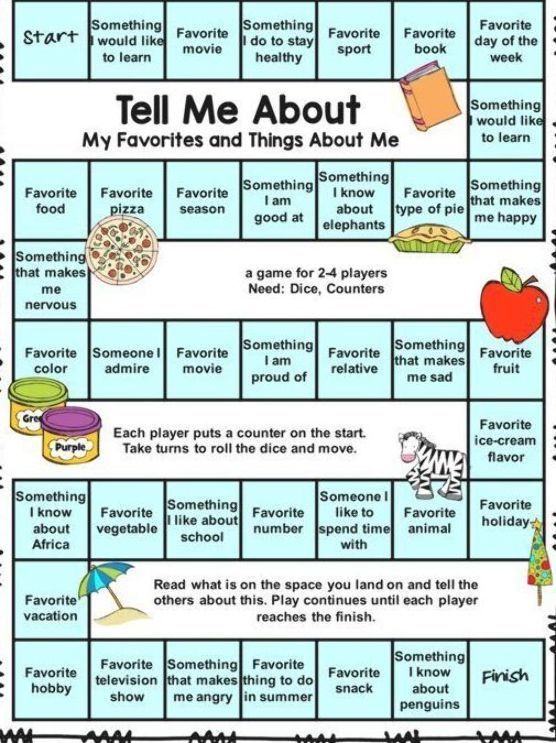 Kenneth Shore is a psychologist and chair of a child study team for the Hamilton, New Jersey Public Schools. He has written five books, including Special Kids Problem Solver and Elementary Teacher's Discipline Problem Solver.
Kenneth Shore is a psychologist and chair of a child study team for the Hamilton, New Jersey Public Schools. He has written five books, including Special Kids Problem Solver and Elementary Teacher's Discipline Problem Solver.

